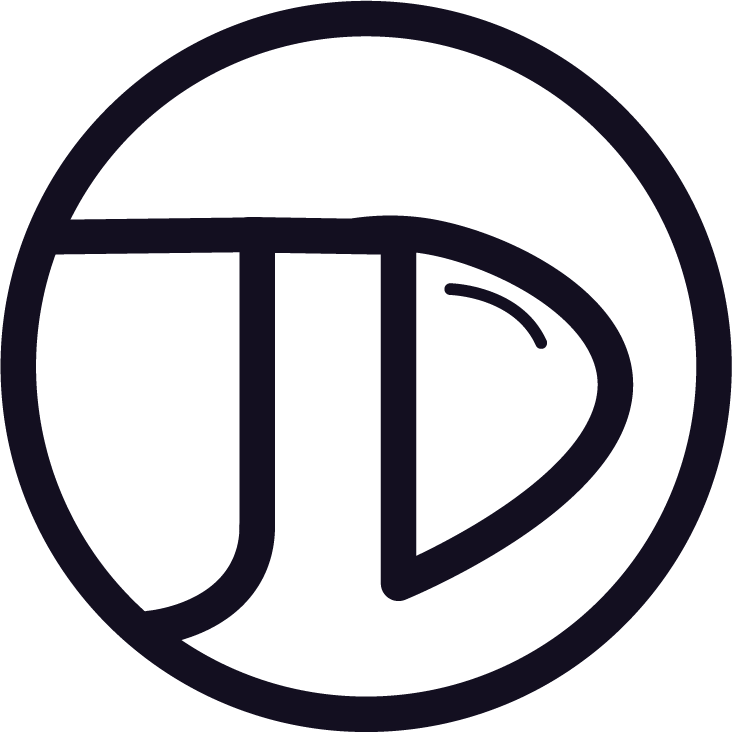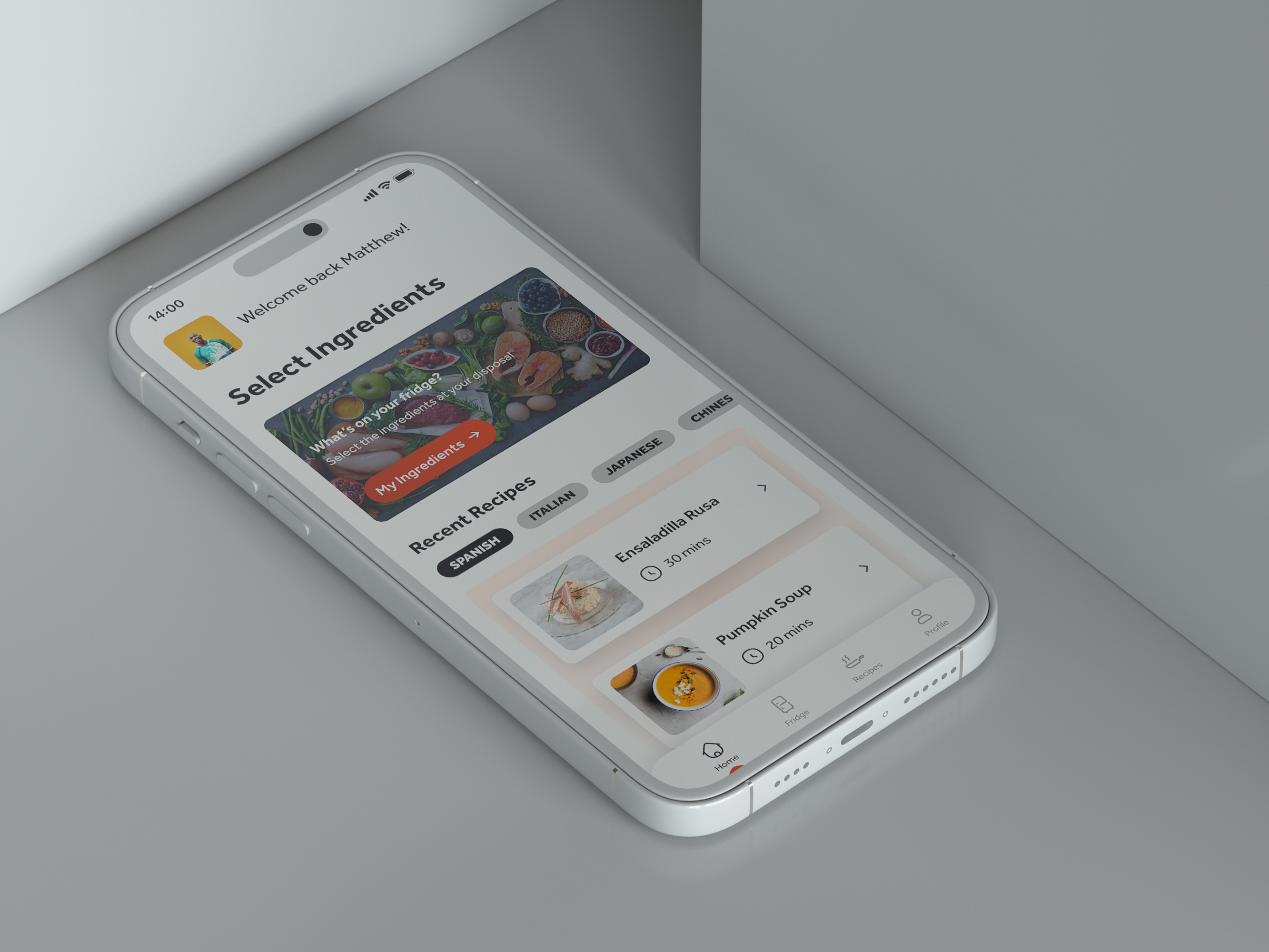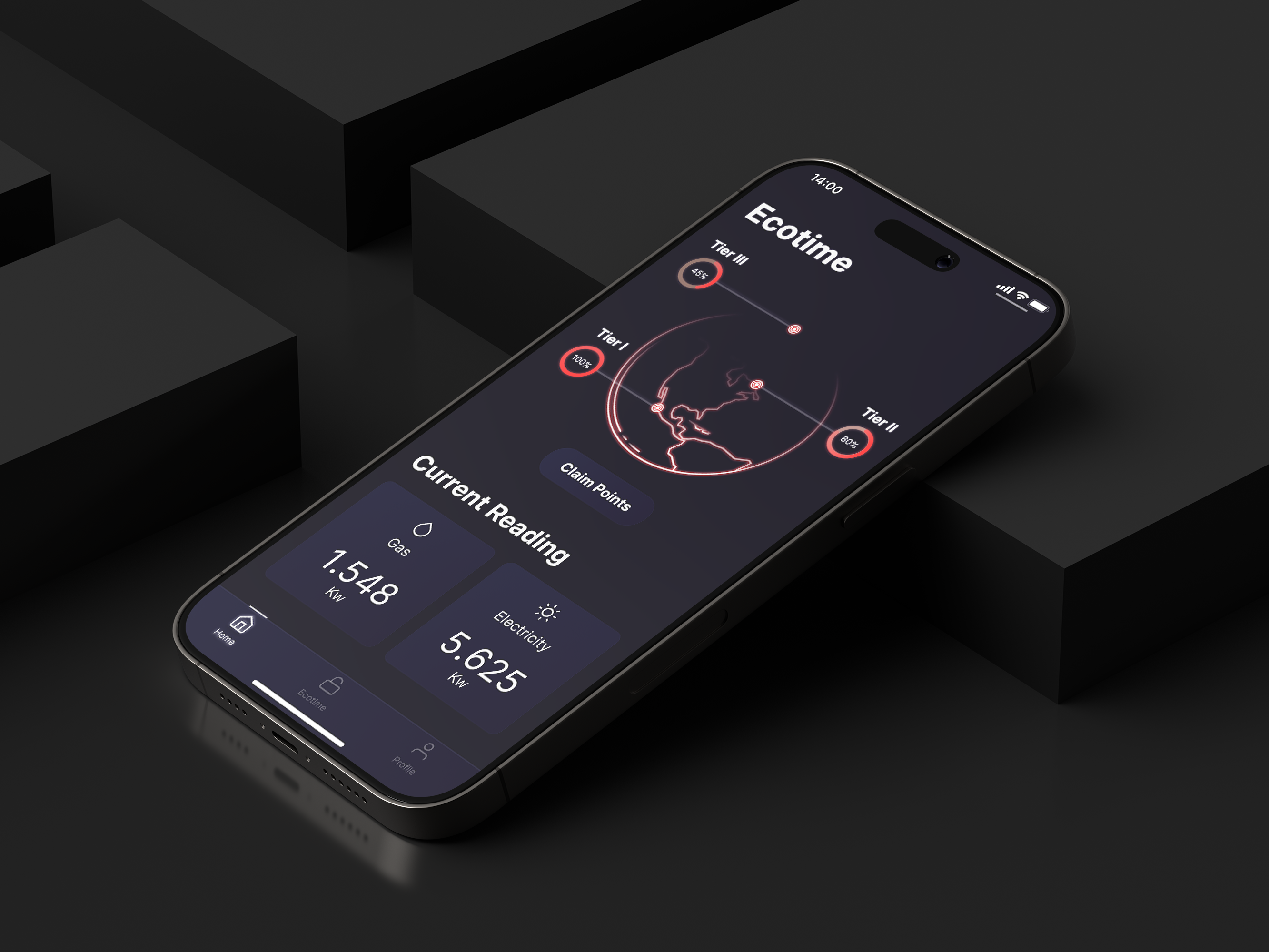Drawings expressing teacher's experiences & emotions in accommodating refugee students.
Background
According to the UN, at the end of 2021, an estimated 36.5 million refugees are children below 18. Countries that receive them often must accommodate their education systems to integrate them, but this is a challenging task. It becomes complicated because the education level of a 12-year-old refugee, for example, may be equal to that of an 8-year-old in the country where they reside. This means teachers cannot place them in the correct class according to their level but have no alternative measures to deal with the problem.
Design Methodology
Due to the scope of the project and its broad nature, I decided to follow Nielsen and Norman's group design thinking framework because it provided me with a clear roadmap of iterative steps.
Empathise & Define
Gathering participants became a real challenge in this project as I needed approval from different stakeholders before engaging with the teachers. I went through several meetings with the director and chief of studies of one of the public schools I engaged with. Similarly, I went through several calls with a non-profit organisation's regional director. The objective of these meetings was to go over the purpose of the project and the ethics and data privacy requirements to get their approval.
I conducted a mixture of semi-structured interviews & focus groups with teachers from kindergarten up to secondary school.
To analyse the data, I adapted thematic analysis with elements from the discipline of criminology, specifically using a “murder wall”. I did so because it allowed me to see the links between each data theme as part of a big picture rather than separate isolated groups within the data set.
Insights
Insight #1
Refugee children will have gaps in their learning development
A curriculum gap exists between the country of origin and the country of residence, and teachers cannot accurately assess the academic level of the refugee students.
Insight #2
Many will repeat the scholar year or perform poorly
Emotional stability is a crucial driver for academic performance, and students suffering from trauma cannot focus on academics.
Insight #3
Some can drop out of school entirely or join gangs
The notion of identity is critical to integration. Students who feel part of the group integrate better into the school community.
Insight #4
Language differences reduce the learning confidence of students
Language does not only apply to communication but also to how to comprehend certain subjects.
Empathise with Users
I translated all the data analysis into two primary target user personas I could empathise with: Carlos (Non-profit organisation teacher, 36) and Lucía (Public school teacher, 38).
Understanding General Behaviours
To deepen my understanding of the general behaviours of my users and all the stages that take place in dealing with this problem currently, I developed an experience map.
A day in the life of my users
With a high level of understanding of the current process, I honed into the main pain points by developing a user journey map that would allow me to answer the question: How does Lucía deal with the language and emotional assessment phase?
The biggest bottlenecks and sources of frustration were found during the academic and psychological assessment stages. With unreliable means of gathering this information accurately, teachers would have no option but to make an educated guess as to which steps to take to integrate these kids into the classroom, giving mixed results at best.
Ideate
To visualise the outcomes I was going after, I defined a future statement that would become the vision for my solution going forward.
Future Statement
School-level teachers will be able to assess the academic and emotional level of the refugee children to establish an accurate action plan that aids the student’s integration process.
I developed a design concept model to guide my ideation phase and ensure the solution was aligned with the future statement. If I had ideas that would not fit the design concept, I would discard them. For example, one of my initial ideas was to develop a communication portal that linked teachers worldwide. However, it was rejected as it did not fit into the model.
The model helped to identify the necessity of integrating both an academic and emotional aspect because one could not be adequately addressed without the other. These elements would need to be supported by a volunteering factor since teachers are not specialised translators or psychologists.
I established three design principles to ensure I implemented the design concept correctly.
The "3Cs"
Collaborative: The design must allow easy and accessible means to engage with specialised volunteers.
Caring: The design needs to incorporate elements that help to achieve empathy and care.
Continuous: The design needs to incorporate means of keeping assessments as an ongoing process.
Competitive Analysis
Although the marketplace is full of online learning solutions, I found no offer that aided teachers in accurately identifying refugee children's curriculum and emotional gaps. Similarly, I found no answers that provided teachers with onboarding procedures or roadmaps to support the integration process. This analysis helped to shape the right approach for designing the "thing right".
Co-Design with Users
Even with the design framework and the right approach, there were so many avenues to explore for a one-person team that I feared I would get lost or miss out on good ideas. In addition, throughout this project, I built significant rapport with participants to get them involved and feel like part of the team as much as possible. To that end, I conducted a co-design workshop with several of them to generate ideas.
I used the following techniques to get maximum results from the workshop:
6-3-5 Brainwriting: Easy to follow and adapt, and it gets participants sharing ideas and building upon them.
Design Charettes: Allows to ground the ideas generated during the brainwriting exercise into quick sketches that can then be voted amongst participants.
The workshop shed light on the importance for teachers to have a roadmap and some sort of "rosetta stone" that could translate the academic background of the refugee children into what was required by the educational system in the country of residence. In addition, this exercise helped me to understand the ideal device for the solution would be mobile, as it is the tool that most teachers use.
The last piece of the puzzle: Value Proposition Canvas
Moving onwards with the project at this stage became another major challenge. Although I was confident with the ideas and direction so far, I found myself overwhelmed with the sheer scale of the solution. I was about to design multiple solutions with endless features in one app. However, I knew this would not be feasible or viable and since it was meant for teachers, it would not be desirable to end up with a bloated solution. Therefore, I developed a value proposition canvas to allow me to adjust my scope to something which would be feasible, viable and meaningful.
Prototype & Testing
Information Architecture
Building on the insights from the co-design workshop, value proposition canvas and initial data, I mapped out all the solution features on a sitemap to visualise the navigation hierarchy and the interaction behaviour between the different elements. This would serve me as a guide when sketching out the various screens. I wanted to develop a sitemap that could scale up for future iterations. Therefore, I included features that would not be tackled at this stage in the project but could be addressed later.
From Paper Prototyping to high-fidelity
I started with paper sketches because it allowed me to quickly bounce off ideas and compare and contrast several design options for each screen effortlessly.
Afterwards, I moved directly onto mid to high-fidelity prototypes because it was tough for teachers to imagine screens and interaction flows from paper sketches alone. Therefore, I developed high-fidelity screens so they could quickly imagine using this solution and get the best feedback possible from testing. The prototype was, in turn, adapted to the native language of the teachers (Spanish) who would be participating during testing.
Prototype Design
The visual aesthetic was chosen based on the design principle of care. To that end, soft backgrounds and fun colours with 3D avatars were selected to create experiences full of empathy.
Home Screen
It was designed to be easy, intuitive, and directly to the point (i.e. assessing the students on both academic and emotional aspects). In keeping with the design principle of continuity, past evaluations were incorporated into the screen for easy access to past results and to allow teachers to maintain an ongoing process.
Assessment & Profiling Screens
The assessment portion was designed to include first a foundations assessment to see if the student's level is that of primary or secondary school and, based on those results, perform a secondary evaluation to understand their actual level. Emotional assessments were designed separately as they deal with the state of mind and not academics. Based on the final results, the student's academic and emotional profile would be generated with suggested actions for teachers.
Volunteer Portal Screen
Based on the design principle of collaboration, the focus was placed on discoverability and ease of contacting the two specialised professionals needed: translators and psychologists. In addition, recent contacts were added at the top to allow for quick interaction.
User Testing
When placing the clickable prototype in the user's hand, I feared the design would not meet their expectations or, worse, not meet the outcomes they sought to achieve with this product. I was, therefore, relieved to see the user's high level of acceptance. Testing also shed light on essential iterations that needed to be carried out:
1. Dual language needed to be incorporated to allow students to perform assessments in their native language and for teachers to view the results in their native language.
2. Additionally, teachers needed to see to which student they assessed the whole process.
3. Include the use of tags to make the qualifications of volunteers stand out.
4. Increase font, buttons and colour contrast across the board and retweak UI to make it more appealing & user-friendly.
Conclusion
All the recent refugee and immigration crises spawning across several countries pose an obstacle to achieving quality education across the globe. According to data from UNICEF and the UN Refugee Agency, of all the children now at school, a quarter will not acquire essential skills, and half will not develop secondary skills. Millions of children will have difficulty getting access to highly skilled jobs, diminishing their ability to achieve a better life.
The responsibility of educating these children falls on the teachers, who have limited tools to aid them in integrating all these displaced children into the classroom. This project has allowed me to get close to the reality of teachers dealing with this problem, helping me be more empathetic towards them.
Next Steps
The project is ongoing as I look for investment opportunities so it can be fully implemented and ready to use by teachers in several educational centres.
Lessons Learned
#1 Prepare the pitch early on
Before starting the research, prepare a script or brief presentation explaining your project or vision to potential participants. This helped bring in as many participants and stakeholders as possible.
#2 Don't overlook ethics & regulation
Even if dealing with projects of a different nature, I found it necessary to go over data privacy and similar elements with participants just to get approval to start the research. I have found this to be a best practice in the future.
#3 Engage with users early on
Do not only engage with users during research but also early on during ideation. Although users don't necessarily know design thinking methodologies, they know their reality better than anyone, and they have invaluable feedback to give. I don't think my solution would have been as meaningful to the users without running a co-design workshop.
#4 A broad scope is manageable with the use of models
Take the time to review the insights from your research, personas, and maps to lay out a design framework and principles. It will make your life much easier when deciding what features to include and how to include them in your designs.
#5 Journey Maps are a super tool
I find that I cannot picture the user's reality with personas alone. Journey maps put you in the day of the user's life and allow you to visualise unseen gaps.


